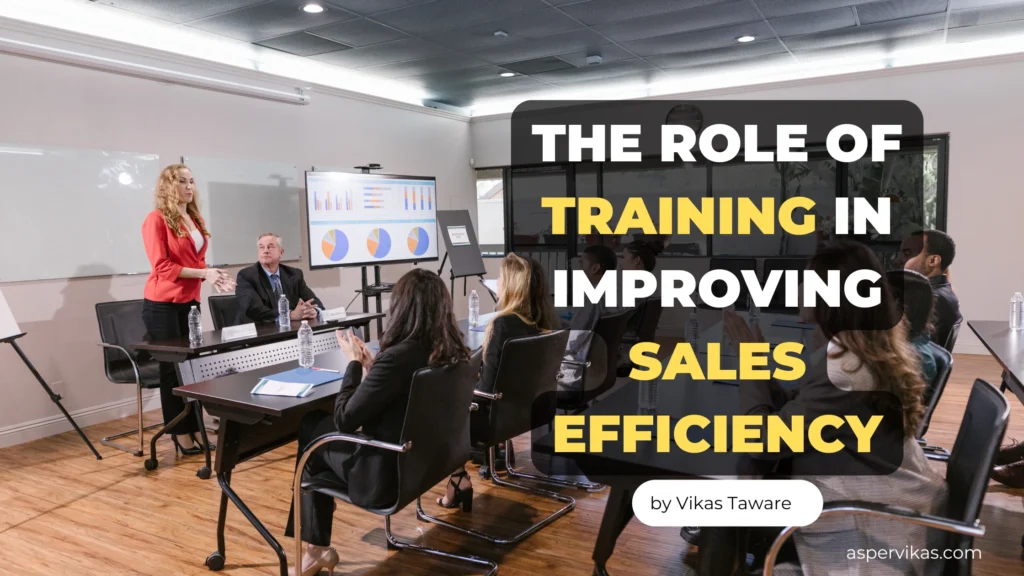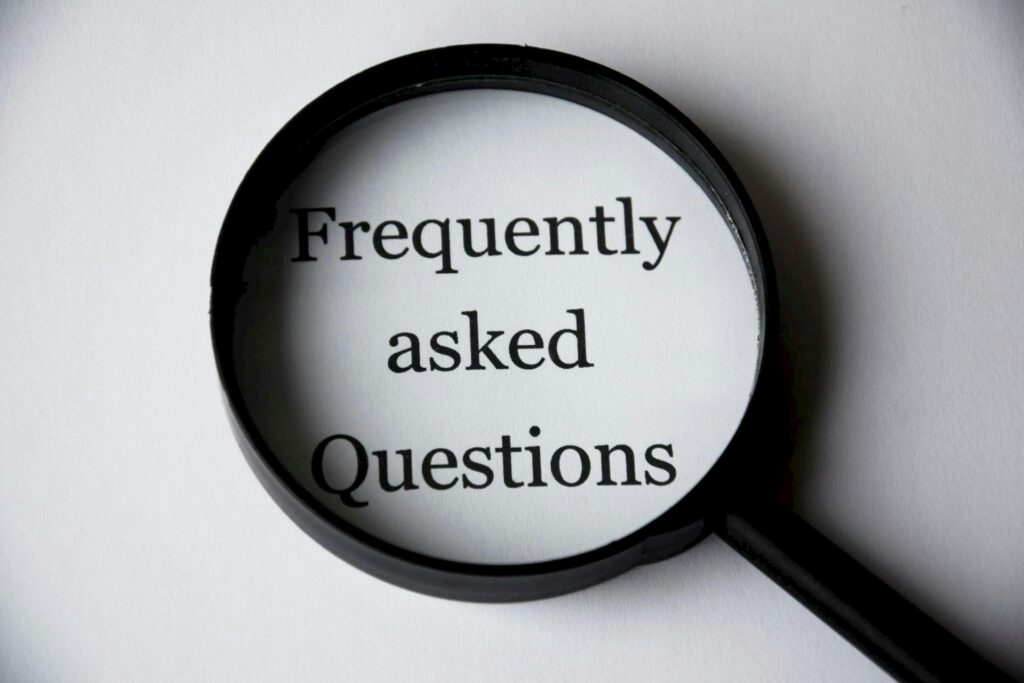Introduction
Imagine a new salesperson walking into their first client meeting with enthusiasm and a half-remembered product brochure. It’s like sending a cricketer to bat without a helmet against Brett Lee or Shoaib Akhtar. It is brave but doomed. That’s where training comes in, saving sales rookies from bruising and turning them into match-winners.
Having spent over two decades in sales, I’ve seen firsthand how training transforms not just individuals but entire teams. Here’s my take on why training is indispensable for improving sales efficiency, peppered with some of my experiences.
Table of Contents

Why Training Matters in Sales
Sales is no longer about talking a prospect into a purchase; it’s about understanding their needs, delivering value, and building trust. Training ensures salespeople are equipped with:
- Product Knowledge: You can’t sell what you don’t understand.
- Soft Skills: Communication, empathy, and persuasion are honed over time.
- Technology Mastery: CRM tools, AI-driven insights, and data analysis have become essential.
- Adaptability: Markets change, and so do customer expectations. Training helps salespeople stay relevant.
Lessons from My Journey
1. Training as a Confidence Booster
In my current organization, the Unnati program has been a game-changer for many participants. After attending training, many Unnati participants have outperformed others by 100% in terms of DMAT account opening count and revenue generated. This remarkable achievement highlights how structured training builds confidence and equips individuals to exceed expectations.
2. Role-Playing During Induction Training
While at Sharekhan Education, I made role-playing a cornerstone of our induction training program for newcomers. I paired new team members with experienced colleagues to simulate real-world sales scenarios. These sessions focused on handling tough and relevant customer objections and learning tricks to deal with them. Many newcomers credited their early success to these role-playing exercises, which prepared them to face challenging customer interactions with confidence and skill.
Training’s Impact on Sales Efficiency
Here’s how training contributes to improved sales efficiency:
- Shorter Sales Cycles: Trained salespeople identify genuine prospects faster, reducing wasted efforts.
- Better Conversion Rates: When teams are well-versed in product features and customer pain points, conversions soar.
- Higher Employee Retention: Salespeople who feel supported through training are more likely to stay and grow with the organization.
- Upskilling for Future Challenges: Training helps teams adapt to market shifts, ensuring resilience.
My Advice for Organizations
- Make Training Practical: Focus on real-world applications, not just theory. Incorporate case studies, role plays, and success stories.
- Invest in Continuous Development: Markets evolve; so should your training programs. Quarterly updates are a good start.
- Tailor Training to Your Team: One-size-fits-all doesn’t work. Customize sessions to address specific gaps and goals.
- Leverage Technology: Use e-learning platforms and AI-driven tools for a blended learning approach.
Final Thoughts
If you think sales training is not an expense, you are wrong. It’s an investment that pays a higher dividend. It builds confident, capable professionals who drive results and create value for customers. My journey in sales has been an example of the power of training, and I can assure you, it’s worth every rupee spent.
So, the next time you think about improving sales efficiency, don’t just push for higher targets. Start by sharpening your sales team’s tools through consistent, impactful training.
Do you have a sales training story or challenge to share? Let’s discuss it in the comments or over a cup of chai. After all, every good story begins with a conversation!
Frequently Asked Questions

What is the role of training in improving sales efficiency?
Training plays a crucial role in improving sales efficiency by equipping sales representatives with essential skills, product knowledge, and sales techniques that enhance their ability to engage customers effectively and close deals.
How does ongoing training benefit sales teams?
Ongoing training benefits sales teams by keeping them updated on industry trends, sales methodologies, and product innovations, which ultimately leads to better performance and increased sales productivity.
What types of training are most effective for improving sales performance?
Effective types of training for improving sales performance include role-playing exercises, product knowledge sessions, and sales strategy workshops, all of which foster practical skills and confidence among sales personnel.
How can organizations measure the impact of training on sales efficiency?
Organizations can measure the impact of training on sales efficiency by analyzing key performance indicators such as sales conversion rates, average deal size, and overall revenue growth before and after training initiatives are implemented.
For more insights on sales, marketing, and professional growth, visit AsPerVikas.com
Vikas Taware
Hi, I am Vikas Taware. As a reflection of my depth of knowledge and experience, I have ventured into the world of blogging. My blog, titled “AsperVikas,” demonstrates my passion for knowledge-sharing and helping others within the industry navigate the intricacies of sales and marketing.